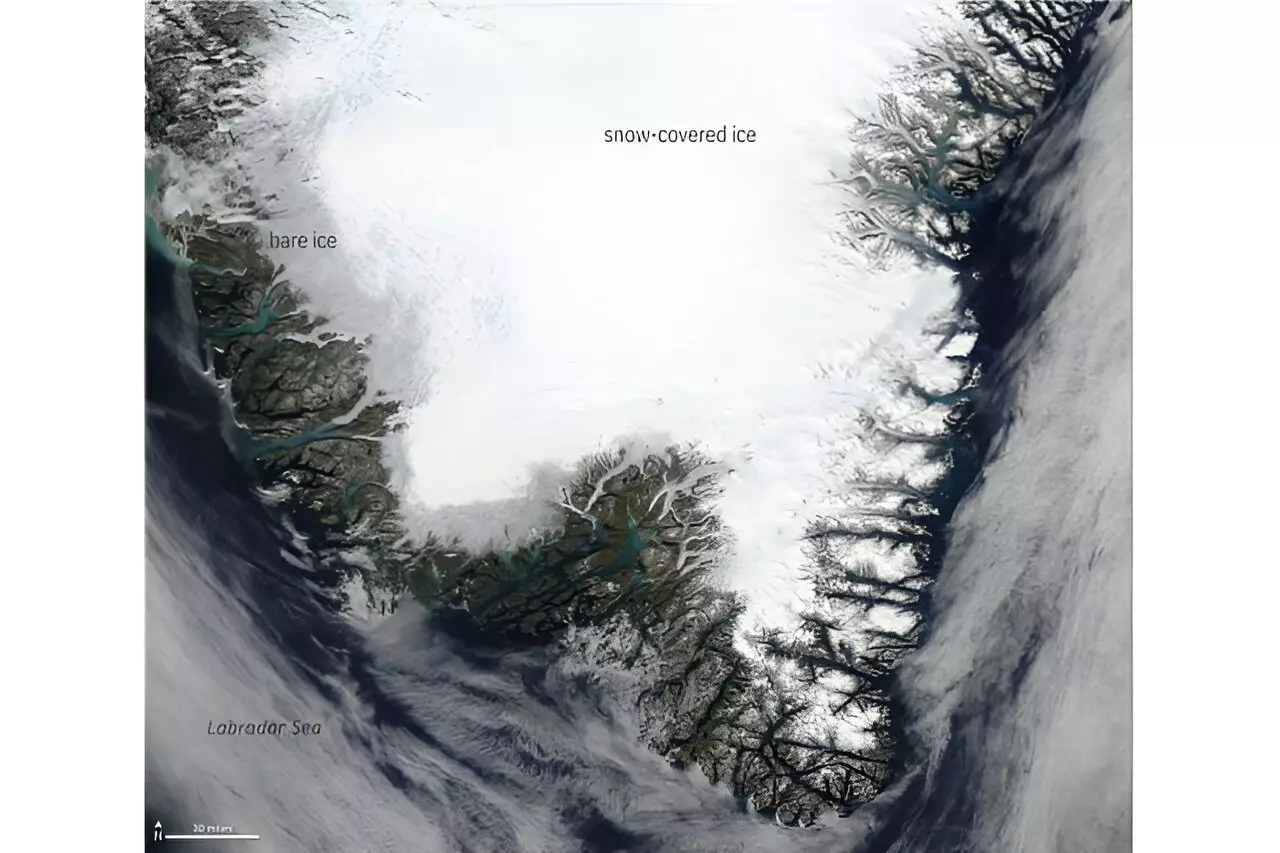In recent years, the issue of climate change has become increasingly urgent as the planet continues to warm due to human-driven factors. One key aspect of understanding the future of our climate is through accurate computer models that can provide insights into how the climate will be altered in the years ahead. A recent study published in the Journal of Geophysical Research: Atmospheres highlights some concerning inaccuracies in a commonly used climate model, particularly when it comes to the albedo of ice.
The research, led by a team of researchers from the UC Irvine Department of Earth System Science and the University of Michigan Department of Climate and Space Sciences and Engineering, discovered that the Energy Exascale Earth System Model (E3SM) currently overestimates the reflectivity of ice by about 5%. This overestimation is significant because it affects how much sunlight is reflected back into space, ultimately impacting the warming of the planet.
One of the reasons for the overestimation of albedo in the E3SM model is the lack of consideration for the microphysical properties of ice in a warming world. These properties include the impact of dark-colored algae and dust on the reflectivity of snow and ice. When ice is contaminated with algae and dust, it becomes less reflective and more absorbent of sunlight, leading to increased melting rates.
The implications of the overestimation of albedo in climate models are far-reaching. The study specifically looked at the Greenland Ice Sheet and found that incorporating more accurate ice reflectivity data into the model resulted in a significantly higher rate of ice melt. This indicates that the previous models may have been underestimating the impact of melting ice sheets on the overall climate.
Moving forward, the researchers plan to expand their study to include other icy regions of the planet to assess the global implications of the albedo discrepancy in the E3SM model. By comparing the new ice albedo data to observations from various locations, they hope to improve the accuracy of climate models and better understand the feedback mechanisms related to snow and ice.
The study on the overestimation of albedo in the E3SM model highlights the critical importance of accurately representing the microphysical properties of ice in climate models. By understanding how changes in ice reflectivity can impact the overall climate, researchers can better predict and prepare for the future consequences of climate change. It is clear that even seemingly minor inaccuracies in climate models can have significant implications for the planet as a whole.


Leave a Reply